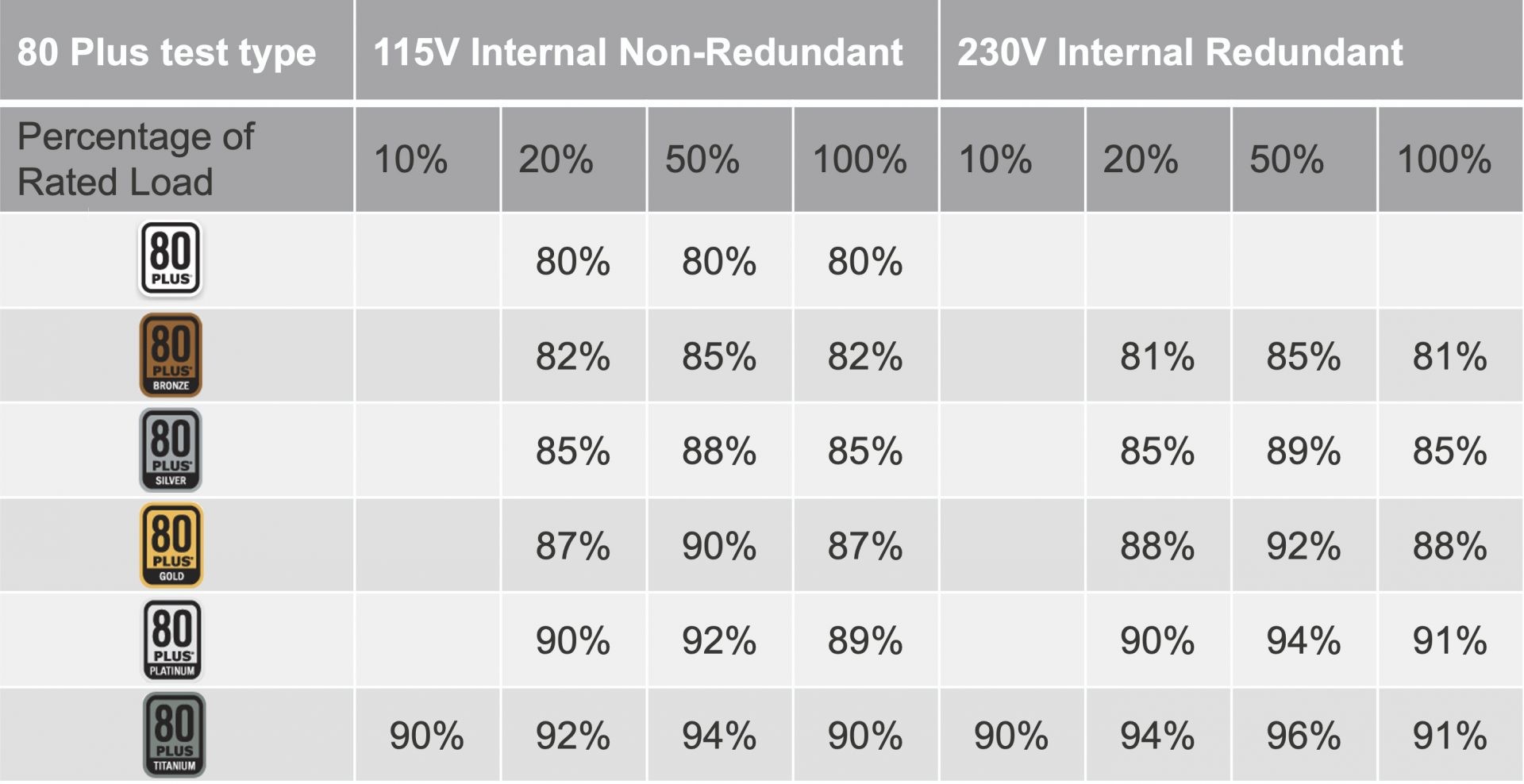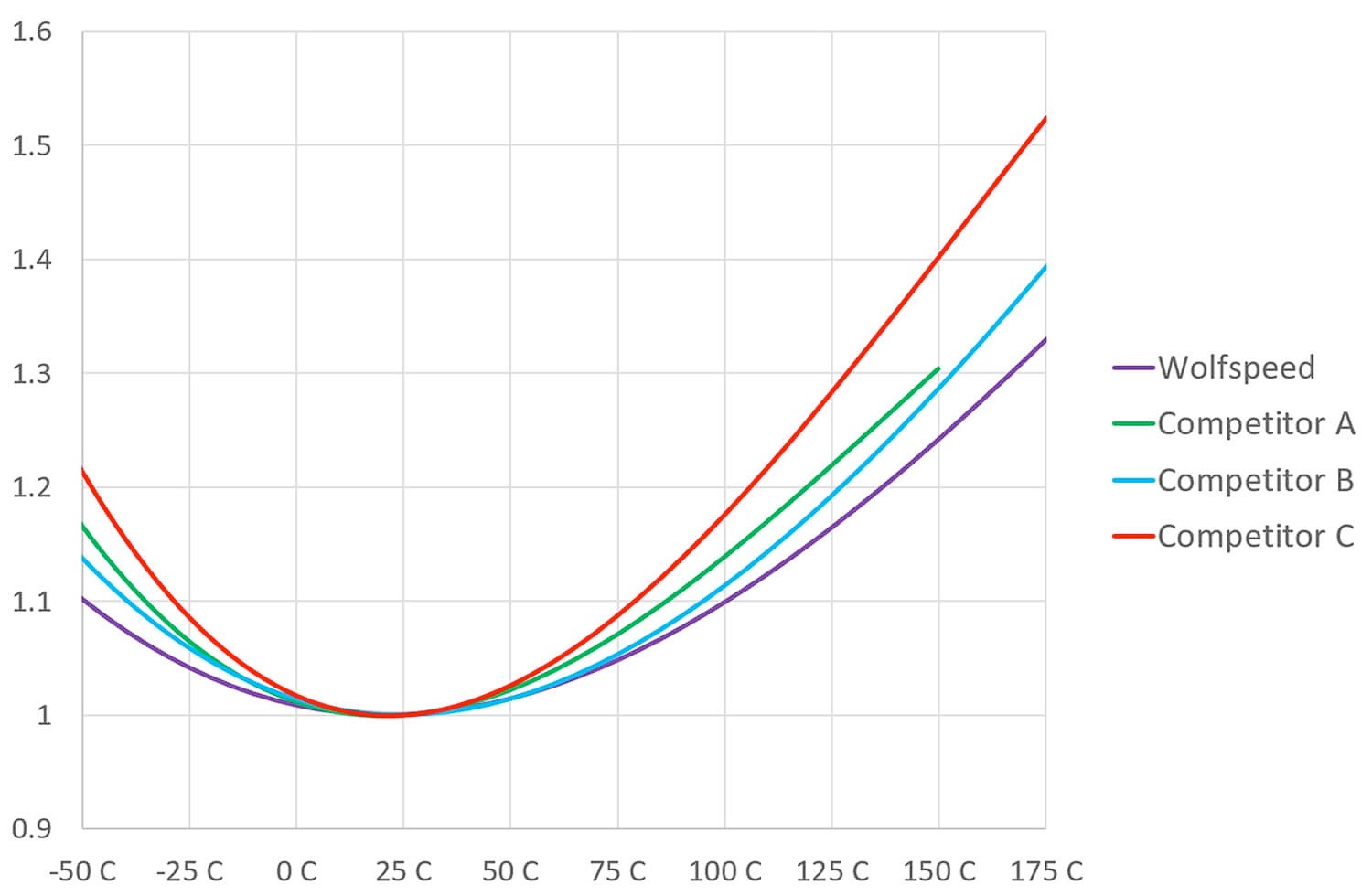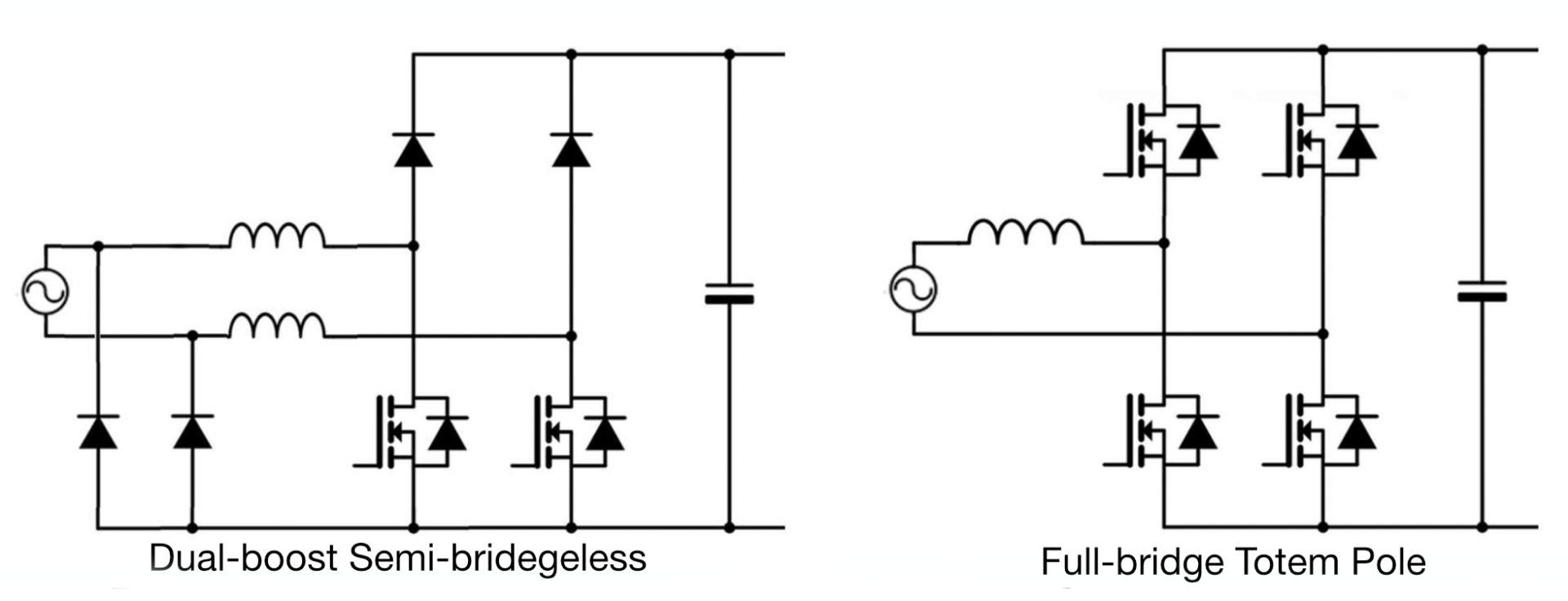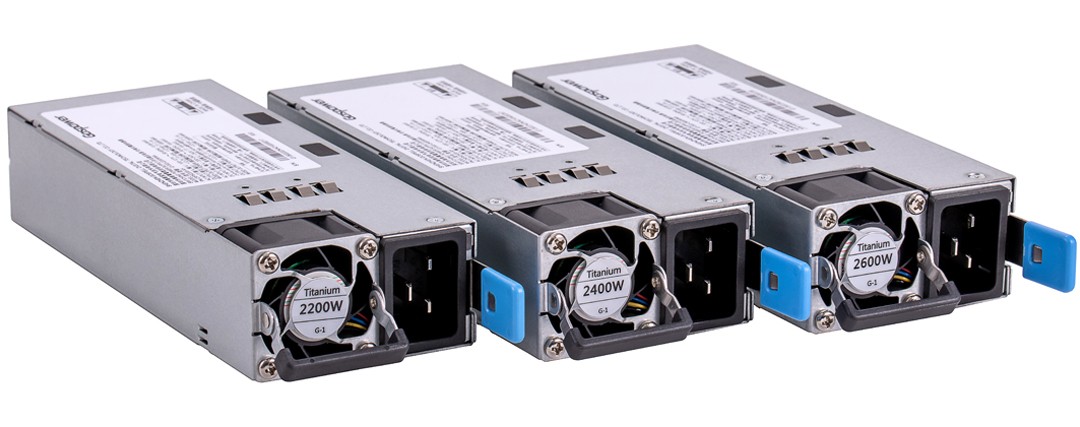Wolfspeed Silicon Carbide Makes Gospower China’s Pioneer in Titanium-class CRPS
Article
The fastest growing server market is China, clocking a nearly 30% increase in revenue in Q1 2021i as economic pickup worldwide leads to significant investment in servers that satisfy demand for modernization of business applications, datacenter infrastructure, and attendant IT operations. Fueling the ever-more powerful servers and other computing devices is energy that challenges reduction in operational costs and� meeting of climate goals set by many countries, including China.
Meeting the need for efficient power from this market is Shenzhen Gospower Digital Technology Co., Ltd. Established 2006, the company develops and manufactures power electronics products for a wide variety of applications, including networking devices, gaming computers, telecom systems, energy storage systems, and electric vehicles.
A key component for this market is the redundant power supply that is required by server rooms and data centers to ensure high availability. It is part of a bank of two or more physical power supplies that can each run a server on its own, thereby allowing operation to continue even if one supply goes down.
Gospower is a leading supplier of such products, meeting Intel’s Common Redundant Power Supply (CRPS) standard that targets hyper-converged compute, storage and networking equipment. The company initiated a project to design CRPS models that address their customer demand for higher power density and higher efficiency.
The project goal
Gospower aimed to deliver up to 2.6 kW of power from the CRPS form factor measuring 40 mm x 185 mm x 73.5 mm, while meeting Energy Star’s 80Plus Titanium standard for efficiency (Table 1).

To decrease the size and cost of inductors and capacitors by increasing switching frequency without sacrificing efficiency, companies like Gospower turn to wide bandgap (WBG) semiconductor devices, such as silicon carbide (SiC) and gallium nitride (GaN). They can be fabricated thinner and have lower ON-resistances (RDS(ON)), conduction losses, and reverse-recovery currents that cut switching losses and allow operation at much higher frequencies than those possible with silicon.
So, Gospower found itself a supplier partner with experience and expertise in WBG devices.
Why Wolfspeed?
Wolfspeed was this logical partner of choice. The company has over 30 years of experience in WBG semiconductor innovation that delivers the industry’s leading performance and cost-benefit parameters. As the largest vertically integrated supplier, offering from SiC bare die and discrete components, including MOSFETs and Schottky diodes, to power modules and reference boards, Wolfspeed products have been reliably powering applications well past six trillion hours.
Wolfspeed’s SiC technology offers the lowest and most stable RDS(ON) in the industry across a wide temperature range (Figure 1).

Moreover, the company does not simply offer parts. Their relationship with clients is strengthened by quick response and an ecosystem of support, including design consultation, gate driver recommendations, and design tools, including reference designs and a powerful online design simulator, Speedfit™ 2.0. Speedfit™ speeds up part selection and calculation of power losses and junction temperatures for common topologies.
Wolfspeed 650 V SiC MOSFET meets efficiency requirements
There are many PFC topologies to choose from depending on the application requirements. To achieve the highest efficiency, however, there is a trend toward partially or completely eliminating the lossy diode bridge.ii
For instance, engineers may choose a dual-boost semi-bridgeless topology (Figure 2), that uses two diodes on the bottom left to eliminate the floating ground problem with a basic bridgeless PFC and splits up the inductor to avoid the common mode EMI problem. With silicon MOSFETs, this would result in maximum efficiency of about 95%, a large footprint, two inductors, and a higher total BoM cost, thereby failing on all of Gospower’s project targets.
To hit 96% Titanium peak efficiency, the PFC circuit efficiency needs to be above 98% at full load and above 96% at low load. To achieve this, the most closely looked-at bridgeless topology today is the totem pole (Figure 2).
However, silicon MOSFETs have too slow a reverse recovery for the totem-pole PFC to efficiency operate in continuous conduction mode (CCM). Although the totem pole PFC can be operated in transition mode (TM) at high efficiency, the required interleaving of several totem pole circuits for high power increases both complexity and cost.

Wolfspeed’s 3rd-generation 650 V SiC MOSFETs solve this challenge in designing a CCM totem pole with their ultra-low reverse-recovery charge (Qrr). The 60-mΩ RDS(ON) models, for example, offer a Qrr of just 62 nC to reduce switching losses and enable higher switching frequencies.
They also offer the industry’s lowest on-state resistances in a discrete package over the entire operating temperature range, with the 60-mΩ MOSFETs specified for an RDS(ON) of just 80 mΩ at 175°C. Since device capacitance contributes to switching losses with increasing switching frequency, Wolfspeed has achieved much lower device capacitances for the devices. The 60-mΩ models achieve a small-signal output capacitance Coss of merely 80 pF, while the 15-mΩ models offer a low 289 pF.
Qualified for operation over a wide temperature range of -40°C to 175°C and available in through-hole (TO-247-3, TO-247-4) and surface-mount (TO-263-7) packages, the devices solve the efficiency, power density and component-cost challenges faced by companies like Gospower.
Overcoming stability issues
In high-power switching applications, components may be subjected to transient short-circuits and overvoltages, often due to device mismatch. When a FET is switched ON, an inductive load would store energy and, when the FET is switched OFF, it could take the FET beyond its breakdown voltage into the avalanche region.
When Gospower first designed their totem pole PFC, they used GaN devices known for their very-high-frequency capabilities. Using GaN power transistors, without rugged avalanche capability, and SiC FET in their CCM totem pole resulted in unstable operation and device failure.
Avalanche capability depends to a large extent on breakdown energy, EBR, and the rate of dissipation of energy to avoid heating up the device up to the intrinsic temperature of the semiconductor material when thermally generated carriers exceed the extrinsic dopant concentration. GaN has a lower EBR and significantly lower thermal conductivity than SiC.
While helping Gospower debug the circuit, Wolfspeed found that tracing and remedying failures would significantly increase their time to market. Therefore, they replaced Gospower’s original choice of switches with Wolfspeed SiC MOSFETs. The timely support as well as high performance and ease of use of the Wolfspeed devices contributed to product reliability and shortened time to market.
Meeting efficiency & port surge requirements
During the development stage with Wolfspeed’s SiC MOSFETs, Gospower found that their design was not reaching the target efficiency levels and was failing AC port surge tests. While the company wanted the 80 Plus Titanium levels of efficiency to establish a competitive edge in the market, the product also needed to be robust enough against AC line transient conditions, including “surge” conditions when the line voltage rises above the nominal voltage. They turned to Wolfspeed for advice, and their AE & FAE team promptly delivered on-site support by reviewing the circuit and the PCB layout.
Although the problem of large inrush current could be handled by modifying or adding current-limiting circuits, this could increase component count and BOM costs. Wolfspeed’s collaboration with Gospower resolved the issue instead with suitable changes to the current-protection portion of the controller firmware.
As the Wolfspeed support team inspected the design, they found that one of the factors lowering the efficiency was the selection of the common-mode (CM) choke, which is an important consideration particular in bridgeless topologies due to CM noises that can increase total harmonic distortion (THD) and lower PFC. The support team found high conduction losses in Gospower’s CM choke and fixed the problem by recommending a larger diameter for the choke copper wire.
This collaborative design troubleshooting by Wolfspeed was critical in meeting the design goals and targeted time to market with designs that offer not only 4 kV surge protection to CRPS requirements but also meet the 6 kV Network Equipment Building System (NEBS) standard specifications.
The making of an efficiency pioneer
Utilizing the industry’s highest performance SiC parts in a bridgeless totem pole as well as rapid-response on-site design support from Wolfspeed, Gospower developed 80 Plus Titanium spec-level 2.2 kW, 2.4 kW, and 2.6 kW models of the 185mm CRPS solution.

The models are not only highly efficient, reliable and cost-effective but operate under higher temperatures and feature lower switching losses, zero reverse recovery and higher power density in a smaller size.
The new products make Gospower a pioneer in high-power, high-efficiency CRPS products in China.
To get help develop similar groundbreaking designs contact a Silicon Carbide expert at wolfspeed.com.